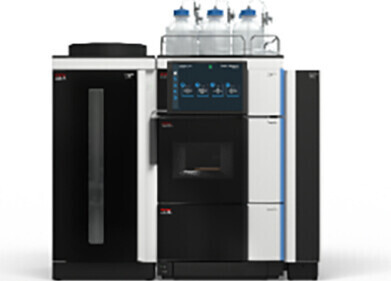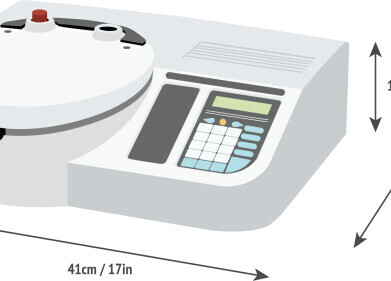Chromatography
What is a Laboratory Steam Generator?
Jul 06 2022
Steam isn’t just something that fogs up the bathroom during showers and unfurls from boiling kettles. Scientific laboratories rely on high quality, contaminant-free steam for a myriad of applications. The colourless, odourless and transparent substance is formed when H2O passes from a liquid to gaseous phase. This occurs when water is exposed to heat and begins to vaporise. Steam generators allow laboratory personnel to complete the vaporisation process at the touch of a button.
How do laboratory steam generators work?
Laboratory steam generators are heat exchange devices that convert H2O into steam. A nuclear reactor core produces the heat needed to initiate the vaporisation process and convert water from a liquid to gaseous state.
Below, we take a closer look at some of the different applications for steam generators in laboratories:
Product R&D
Steam distillation is widely used by the essential oil and perfume manufacturing industries. The method is used to separate organic compounds from natural materials, with steam generators used to carry out the process. In the rapidly growing medical cannabis sector, steam distillation is used to extract CBD from the plant and minimise contamination from toxic residues.
Medical research laboratories
Steam is a fast and efficient way to kill microbial contaminants on surgical instruments and medical equipment. However, it also plays an important behind-the-scenes role in the medical sector. Steam is used to operate autoclave sterilisers, which are widely used in medical research laboratories.
Feeding stability chambers
From testing the stability of drugs and pharmaceutical products to predicting the shelf-life of packaged food products, stability chambers are used across a wide range of sectors. Steam generators are used to control the environments of stability chambers and improve the accuracy of results.
The benefits of laboratory steam generators
Over the past decade, steam generators have stepped up as a faster, safer and more cost-efficient alternative to traditional steam boilers. Below, we spotlight some of the benefits of steam generators in the laboratory:
- A more energy-efficient alternative to steam boilers
- Safer than traditional fuel-fired boilers as they don’t require combustible fuel
- Smaller models are portable and easy to move around the laboratory
- Pure, high-quality steam extends the life of sensitive laboratory equipment
Demand for laboratory gas generators soars
Demand for laboratory gas generators is soaring, with the latest data from MarketsandMarkets predicting the industry will be worth a huge USD$685 million by 2026. Along with nitrogen and hydrogen gas generators, steam generators will have a big role to play when it comes to driving growth.
Find out more about the benefits of investing in laboratory gas generators and the different types available to facilities in our complete guide, ‘Laboratory Generators - Everything You Need to Know’. Or check out 'Optimising Bioreactor Yields with Smart Sensors' for more on the latest laboratory developments.
Digital Edition
Lab Asia Dec 2025
December 2025
Chromatography Articles- Cutting-edge sample preparation tools help laboratories to stay ahead of the curveMass Spectrometry & Spectroscopy Articles- Unlocking the complexity of metabolomics: Pushi...
View all digital editions
Events
Jan 21 2026 Tokyo, Japan
Jan 28 2026 Tokyo, Japan
Jan 29 2026 New Delhi, India
Feb 07 2026 Boston, MA, USA
Asia Pharma Expo/Asia Lab Expo
Feb 12 2026 Dhaka, Bangladesh



















